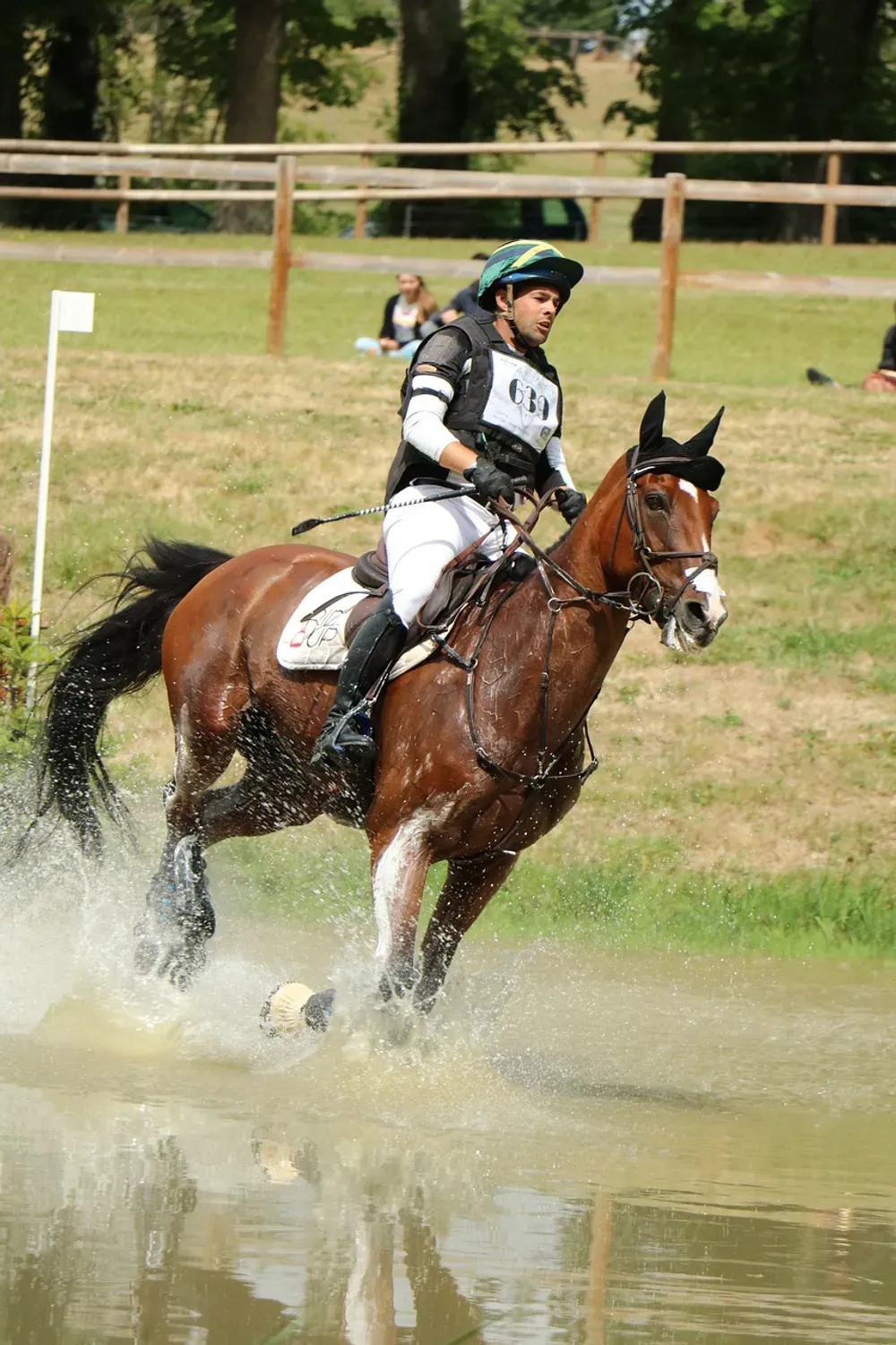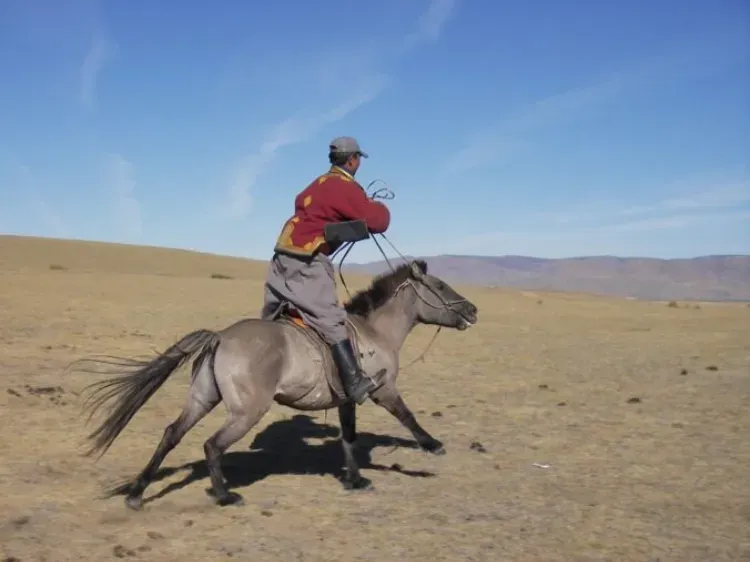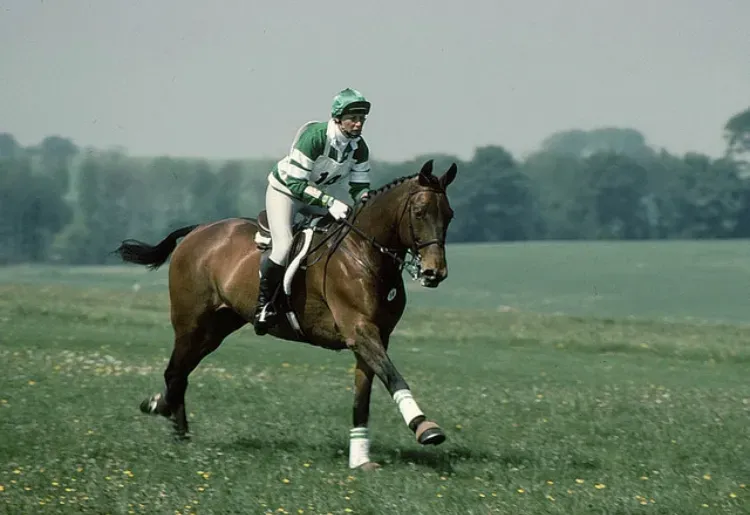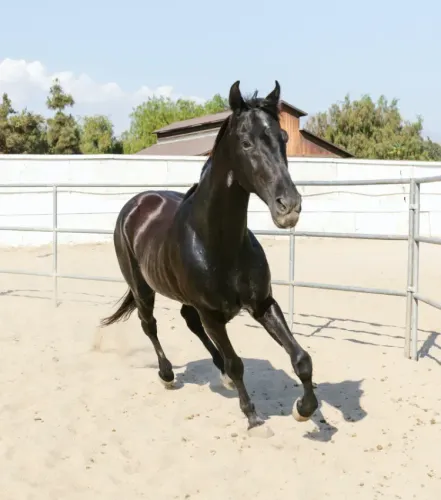
Table of Contents
Introduction
Rider balance is a fundamental aspect of equestrianism that affects your performance and safety in the saddle. Whether you're into jumping, dressage, or any riding discipline, achieving and maintaining the right balance is key. In this article, we'll debunk the old saying "grip with your knees" and provide a simple yet effective tip to enhance your riding balance.
To begin with, for any type of riding you will need the following:
- Core Strength and Posture: Developing a strong core is crucial for maintaining balance in the saddle. Your core muscles help stabilise your body, allowing you to move with the horse's motion and maintain an upright posture. Engaging your core and keeping your back straight is essential in achieving rider balance. Incorporating core-strengthening exercises into your fitness routine can greatly benefit your riding.
- Independent Seat: An independent seat means that your upper body and lower body can move separately while remaining balanced. This skill allows you to follow the horse's movement with your hips and seat while keeping your upper body still. Practising this independence will help you maintain balance, especially during movements like transitions and lateral work.
- Correct Stirrup Length: The length of your stirrups can significantly impact your balance. Your stirrups should be adjusted to a length that allows your legs to hang comfortably and maintain contact with the horse's sides without gripping with your knees. Experiment with different stirrup lengths to find the one that suits your body and riding style best. Always remember that galloping and jumping requires shorter stirrups to remain in balance with your horse.
- Breathing and Relaxation: Tension in your body can disrupt your balance and make it difficult to follow the horse's motion. Focus on your breath and ensure you stay relaxed while riding. Tense muscles can create resistance and interfere with your ability to move in harmony with your horse. Deep, rhythmic breathing can help you stay calm and centred in the saddle.
- Proper Equipment: Using the right tack and equipment can contribute to your balance. A well-fitted saddle that suits both you and your horse is essential. It should allow you to sit comfortably and securely without feeling restricted or unbalanced. Consult with a professional saddle fitter to ensure your saddle is suitable for your needs.
The Pitfall of Knee Gripping while Riding
“Gripping with your knees” may seem like a natural way to stay secure in the saddle, but it can have adverse effects. This action pushes your weight up and out of the saddle, disrupting your balance. Moreover, knee gripping can lead to stiffness, reducing your ability to move harmoniously with the horse and anticipate its actions. To improve your rider balance, it's crucial to rethink this outdated technique.
Becoming a Balanced Rider in the Saddle
- How to Improve Riding Balance
When you first sit in the saddle, you might feel balanced while the horse is stationary. However, as soon as your mount starts moving, your overall balance can become precarious. To improve this, start by learning to move in time with your horse's walk and feel its motion through your seatbones. Simultaneously, you'll master how to use your legs and hands in sync with the horse's movements.
Your biggest challenge will be mastering the rising trot. Many riders make the mistake of rising too high and too upright in the saddle, which compromises their balance and security. This poor foundation can hinder your ability to master the sitting trot, which is crucial for many riding disciplines.
- Trotting Tips
When engaging in an athletic trot, avoid rising too high and strive for a slightly less upright posture. This will help you stay in harmony with the horse's movements and appear more professional in the saddle.
Master this technique and then move on to learning how to stand in the stirrups.
- Standing in the Stirrups for Riding Balance
Standing in the stirrups during the rising trot involves missing the saddle for several beats while keeping your hands on the reins without them touching the saddle or the horse. Initially, it might be challenging, and you may experience balance issues, either tipping backward or forward. Persistence is key; keep practising until you can maintain balance in this standing position for several beats. Once you've achieved this, practice standing for two beats whenever you're trotting.
Eventually, you will be able to stand in your stirrups for as long as you desire, floating above the trot with impeccable balance. This skill not only enhances your riding ability but also showcases your mastery of rider balance.
Learning from Different Riding Styles
Mongolian Horse Riding Style
It's fascinating to note that different cultures and regions have their unique riding styles. Mongolian horsemen, for instance, have an unconventional riding style when compared to European and North American riders. However, they all share the common ability to maintain balance at any speed. This emphasises the importance of balance in horsemanship, regardless of your riding style.

A Mongolian Rider
Riding Mongolian ponies in a Mongolian saddle means riding without sitting in the saddle and requires real balance.

A Three-Day Event Rider
This experienced event rider is using a forward seat with short stirrups and is in balance with their powerful horse.
Mastering the Sitting Trot
Sitting trot is the pinnacle of rider balance and requires a deep connection with your horse's movements. After you've mastered this challenging skill, it's beneficial to alternate between the sitting trot and standing in the stirrups while routinely performing the rising trot. This dynamic approach will further enhance your rider balance and overall equestrian proficiency.
The take-home Message
Achieving rider balance is essential for becoming a skilled and safe equestrian. By discarding outdated techniques and embracing a balanced approach that includes mastering the rising trot and standing in the stirrups, you can enhance your horsemanship skills and enjoy a more secure and professional riding experience. So, take the time to practice these techniques, and soon you'll find yourself in perfect harmony with your horse, regardless of your riding discipline.
FAQs
Can I ride cross country with long stirrups?
Can I ride with my seat when adopting a forward jumping seat?
Can I perform well at dressage if I have not mastered the sitting trot?

Article Suggestion
The Power of Negative Reinforcement: How Horses Learn from the Release of Pressure
